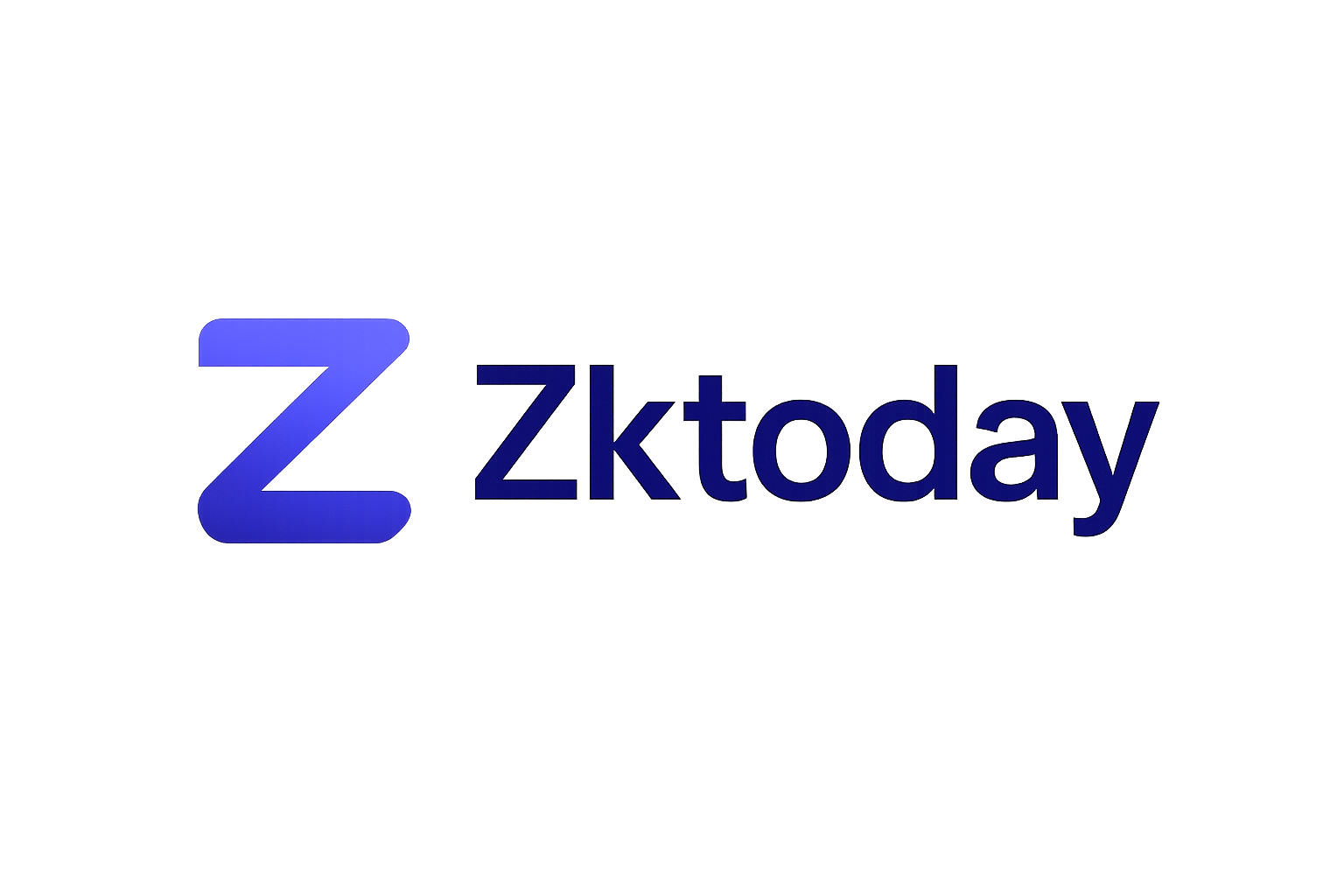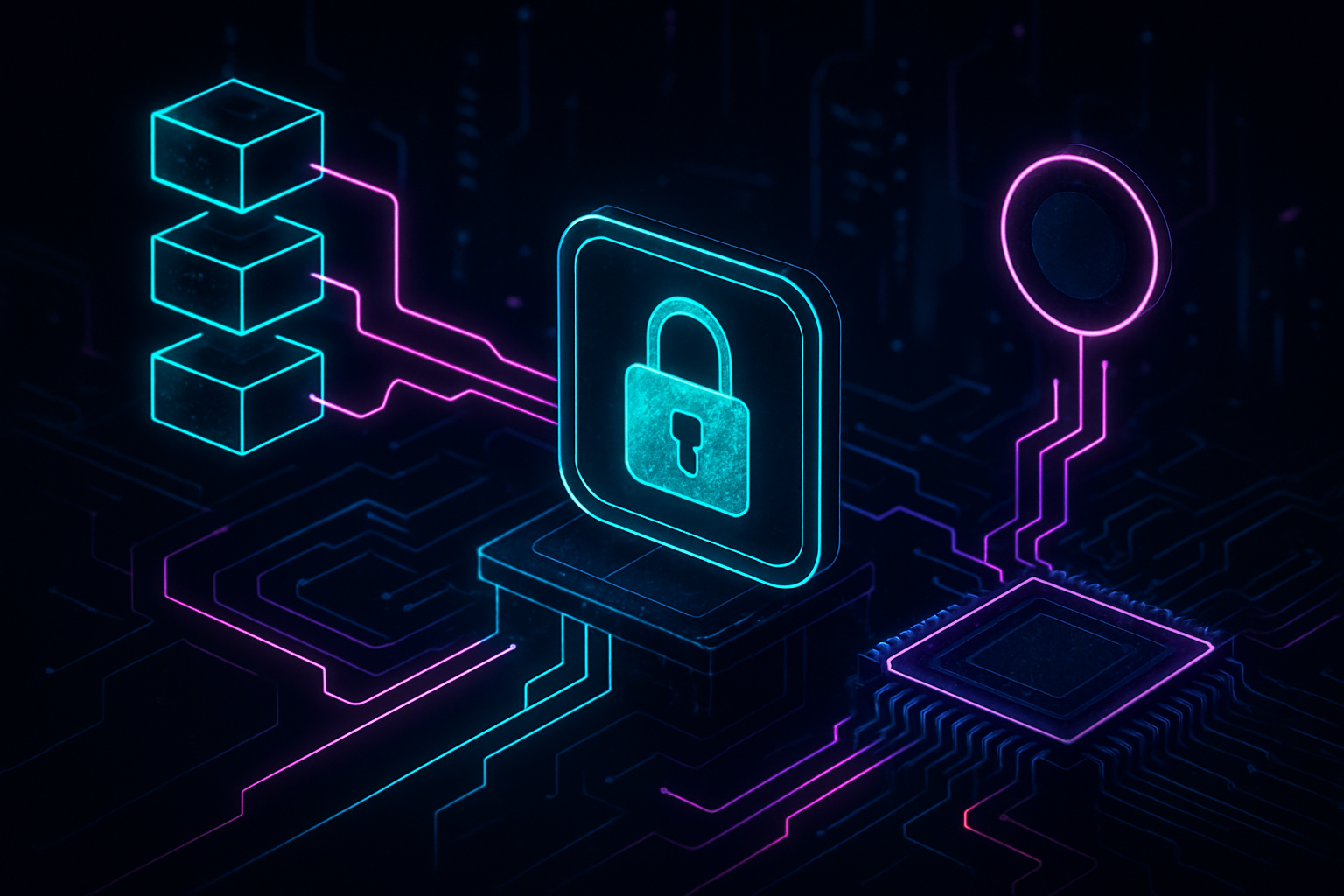
If you’ve spent any time in the blockchain space lately, you’ve probably heard the buzz around zero-knowledge proofs (ZKPs). But let’s get real: why is everyone so hyped about ZKPs, and how exactly do they help blockchains scale up without turning user privacy into collateral damage? Let’s break down how these cryptographic marvels are transforming both the speed and secrecy of decentralized networks, and why 2025 is shaping up as a breakout year for zero-knowledge tech.

Zero-Knowledge Proofs: The Privacy Revolution
Traditional blockchains like Bitcoin and Ethereum are open books, literally. Every transaction, sender, receiver, and amount is visible to anyone with an internet connection. While this transparency builds trust in the protocol, it’s a privacy nightmare for users who want their financial lives off public display. Enter zero-knowledge proofs. ZKPs allow one party (the prover) to convince another party (the verifier) that a statement is true, say, that a transaction is valid, without revealing any underlying details.
This cryptographic sleight-of-hand isn’t just theoretical. Zcash has been using ZK-SNARKs since 2016 to enable shielded transactions, keeping amounts and addresses confidential while still letting the network verify everything adds up. In 2024 and beyond, we’re seeing even broader adoption: Cardano rolled out its first zero-knowledge smart contract on mainnet last year, bringing enhanced privacy to programmable money (source). The result? Users can transact or interact with dApps without putting sensitive data on blast.
ZKPs Unleash Blockchain Scalability
Privacy isn’t the only thing getting turbocharged here. Scalability has always been blockchain’s Achilles heel. As more users pile onto networks like Ethereum, congestion leads to sky-high fees and sluggish confirmation times. Zero-knowledge proofs offer an elegant fix by slashing the amount of data that needs to hit the chain.
The star of this show? ZK-Rollups. These Layer 2 solutions bundle hundreds or thousands of transactions together off-chain, then post a single succinct proof back to Ethereum or another base layer for verification. Instead of checking every transaction individually on-chain, validators only need to verify the proof, which is orders of magnitude faster and cheaper.
Top Real-World zk Rollup Projects Boosting Blockchain Scalability
-
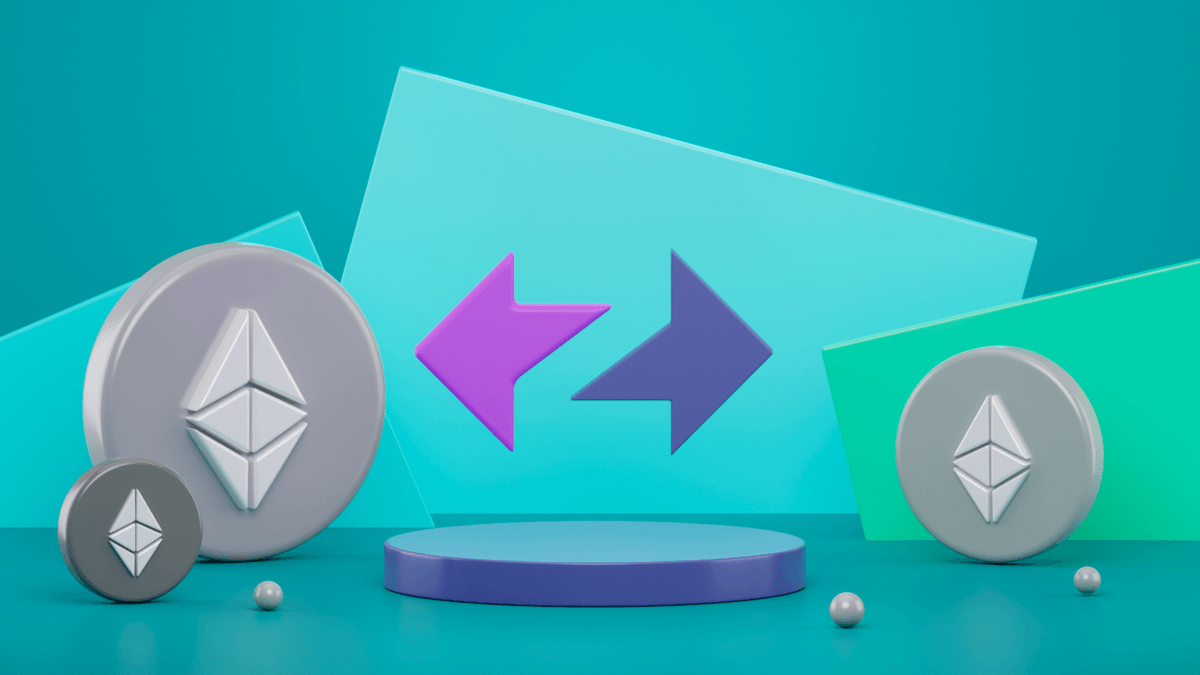
zkSync Era — Developed by Matter Labs, zkSync Era is a leading Layer 2 scaling solution for Ethereum that uses zk-rollups to enable fast, low-cost transactions without compromising security or privacy. Its mainnet supports thousands of transactions per second, making DeFi and NFT activities more accessible.
-
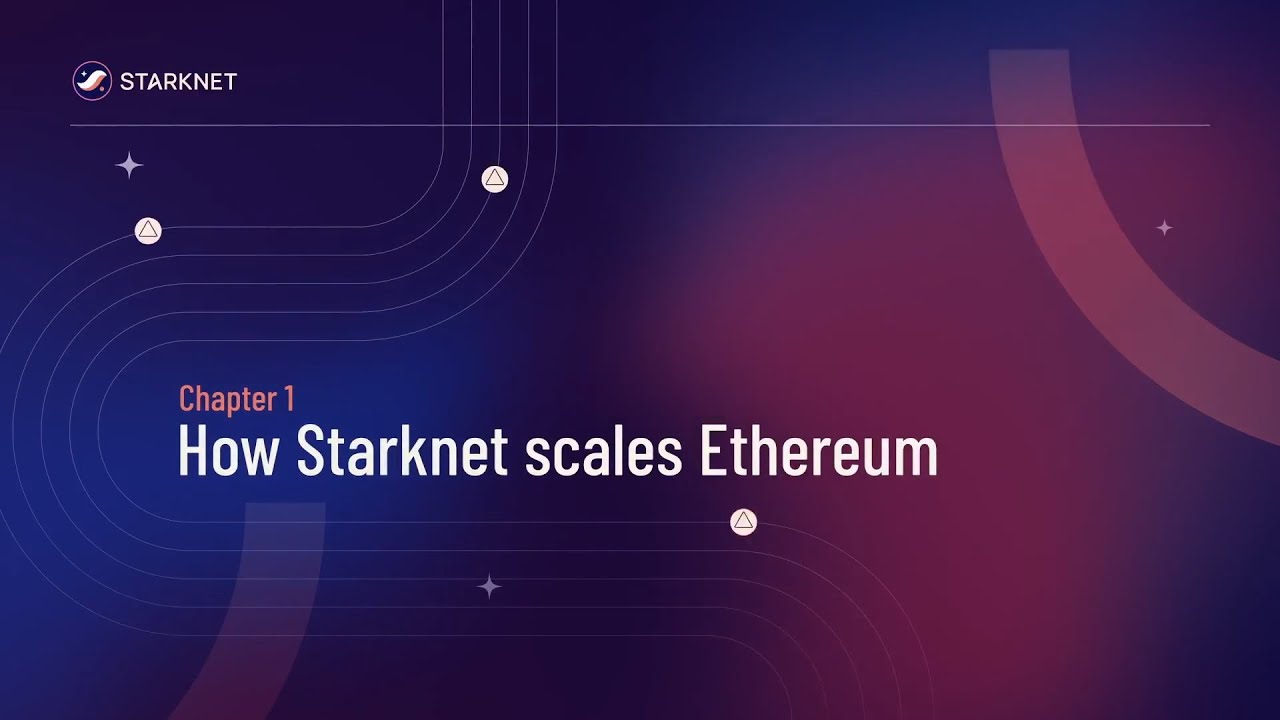
Starknet — Built by StarkWare, Starknet is a permissionless decentralized zk-rollup that leverages STARK proofs for scalability on Ethereum. It allows developers to deploy scalable dApps with lower fees, supporting a growing ecosystem of DeFi protocols and NFT platforms.
-
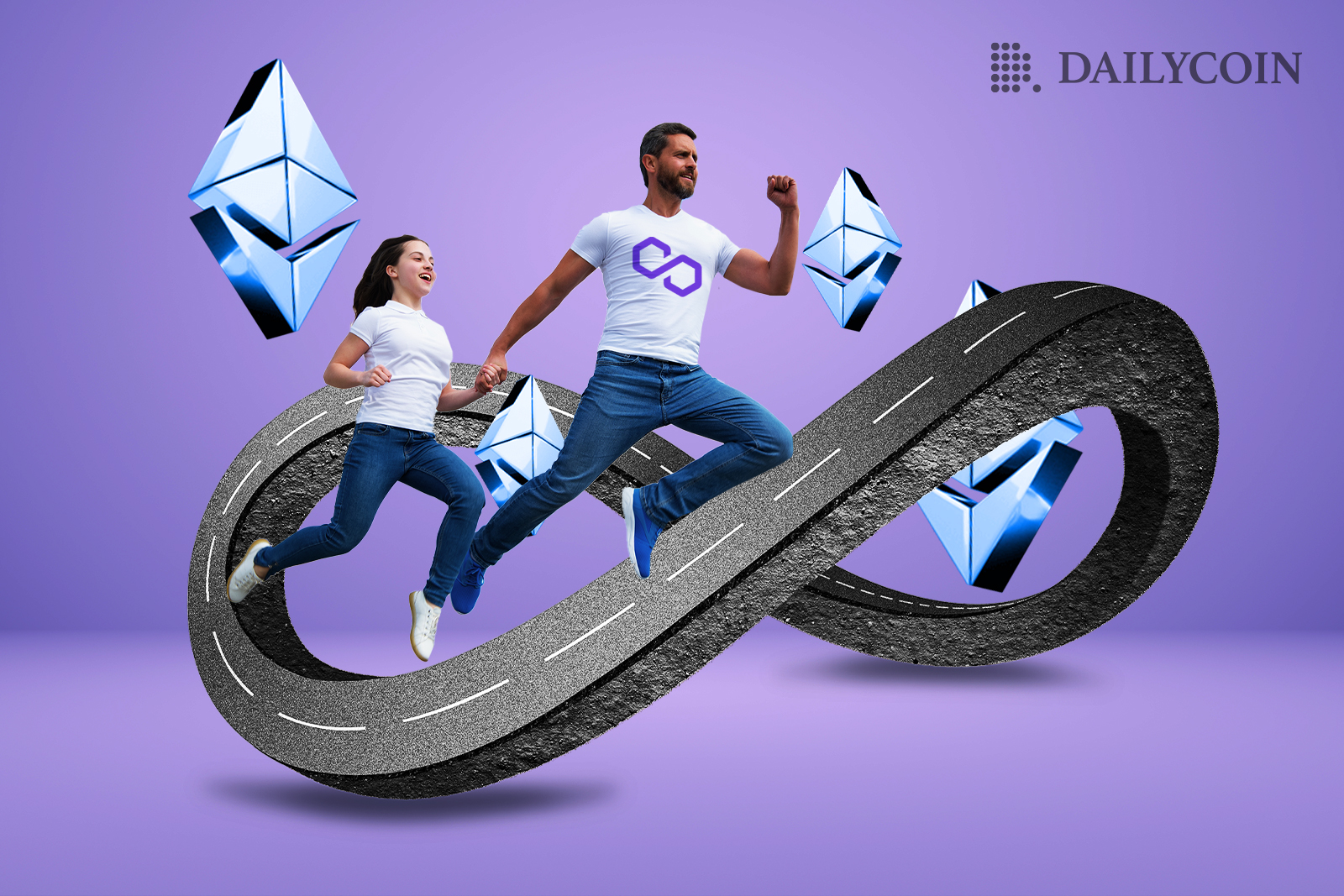
Polygon zkEVM — Polygon zkEVM is a zero-knowledge rollup compatible with Ethereum’s existing smart contracts, enabling seamless migration for developers. It combines Ethereum security with massive scalability and lower transaction costs, making it a popular choice for dApps and enterprises.
-
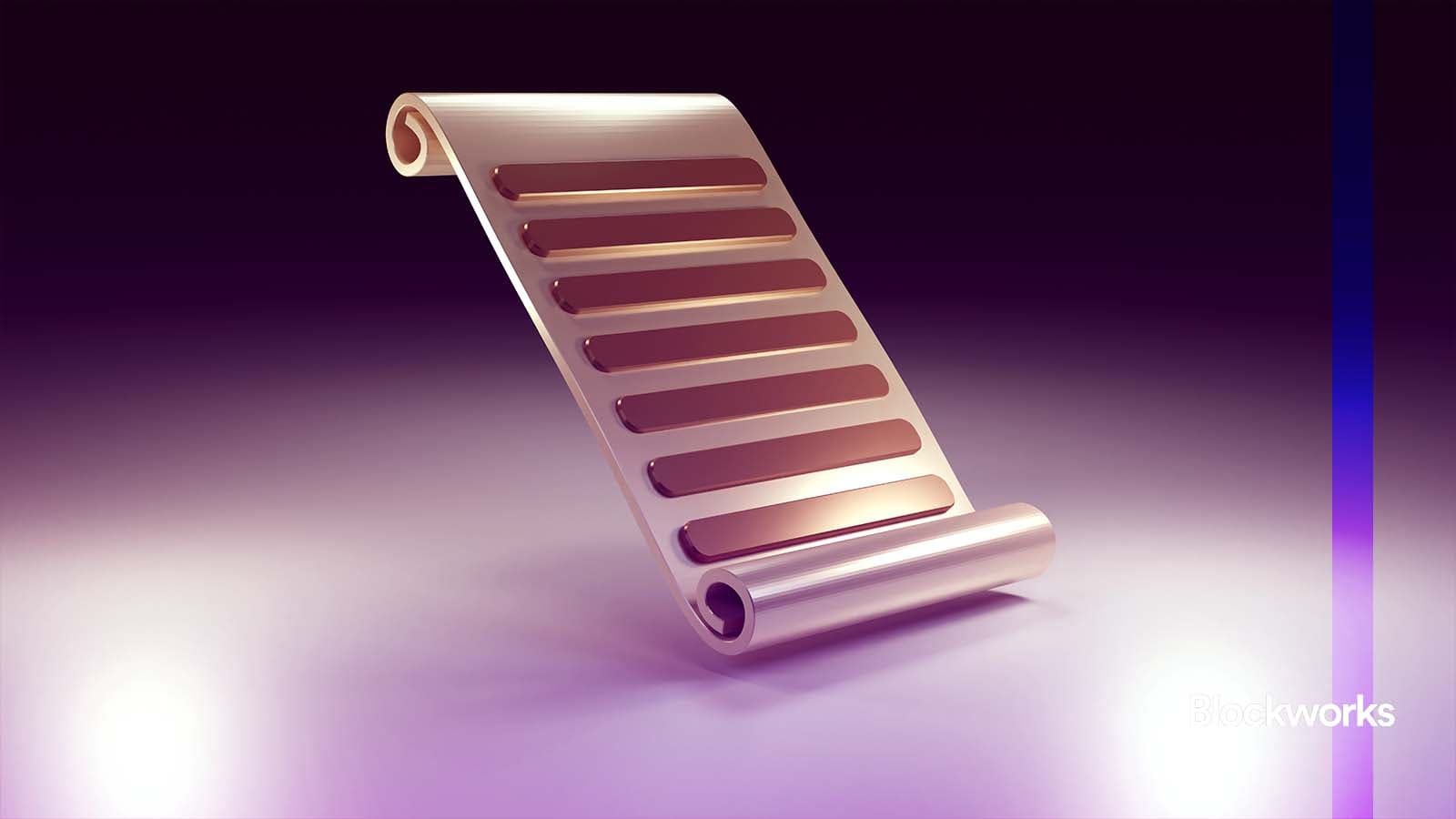
Scroll — Scroll is an open-source zk-rollup project focused on scaling Ethereum with zkEVM compatibility. It recently achieved significant efficiency improvements, reducing prover RAM requirements and making zk-rollup technology more accessible for developers and users.
-

Loopring — Loopring is a decentralized exchange (DEX) protocol that uses zk-rollups to enable high-speed, low-fee trading on Ethereum. By batching thousands of trades off-chain and settling them on-chain with a single proof, Loopring dramatically increases throughput while preserving user privacy.
This isn’t just theory anymore; it’s live tech. Projects like StarkWare and zkSync are already leveraging ZK-Rollups to supercharge transaction throughput while keeping costs low (source). That means more users can hop on-chain without clogging the pipes, and without sacrificing security or decentralization.
Beyond Payments: Real Applications for ZKP-Powered Privacy and Scale
The magic doesn’t stop at payments or DeFi swaps. Zero-knowledge tech is finding its way into all corners of Web3:
- Decentralized exchanges (DEXs): Platforms like zkLink use Layer 3 infrastructure powered by ZKPs so traders can swap assets securely, without leaking wallet balances or trading strategies (source).
- Supply chain management: Frameworks such as PrivChain deploy Zero-Knowledge Range Proofs (ZKRPs) to prove product origin or compliance without exposing sensitive logistics data.
- KYC/AML compliance: ZKPs enable selective disclosure, proving you’re eligible for access or services without sharing your entire identity dossier (source).
This versatility makes zero-knowledge proofs one of crypto’s most exciting frontiers, not just for privacy maximalists but for anyone who wants scalable blockchain solutions that don’t compromise on trustlessness or usability.
So, where do we go from here? The zero-knowledge revolution is just getting started, and the pace of innovation is wild. Developers are racing to make fast zero-knowledge proof generation a reality, slashing resource requirements and making these cryptographic tools accessible to more projects and users. Take Scroll’s dramatic reduction of prover RAM needs, from a whopping 900 gigabytes down to 270 gigabytes. That’s not just a technical flex; it’s a signpost pointing toward mass adoption and real-world scalability (source).
Challenges Remain: What’s Holding ZKPs Back?
No technology is perfect out of the gate, and zero-knowledge proofs are no exception. One big challenge? Generating proofs for complex transactions can still be computationally expensive, think high hardware requirements and longer wait times for certain operations. While advances like zkSNARKs, zkSTARKs, and recursive proofs are making things faster and more efficient, there’s still work to be done before we see seamless integration across every blockchain use case.
Another sticking point: usability. Many ZKP-powered apps still require users (and even devs) to get familiar with new concepts or interfaces. The good news? As toolkits mature and education ramps up, expect the learning curve to flatten fast.
The Road Ahead: ZKPs as a Core Blockchain Primitive
Looking ahead to late 2025 and beyond, it’s clear that zero-knowledge proofs blockchain scalability isn’t just an academic talking point, it’s becoming the backbone of next-gen decentralized networks. With Ethereum doubling down on zk rollups performance, Cardano breaking new ground in privacy-preserving smart contracts, and projects like Stellar extending privacy benefits globally (source), the momentum is undeniable.
The implications ripple out far beyond financial transactions. Imagine voting systems where you prove eligibility without revealing identity, or supply chains that share provenance but keep trade secrets locked down tight. ZKPs unlock new levels of trustless collaboration, no middlemen required.
How Can You Get Involved?
- Dive into open-source zk rollup frameworks like StarkWare or zkSync.
- Join community calls or hackathons dedicated to ZKP development.
- Experiment with privacy-focused dApps, many have testnets open now!
Which ZKP-powered blockchain application excites you the most?
Zero-Knowledge Proofs (ZKPs) are transforming blockchain by boosting privacy and scalability. From private transactions to efficient scaling and secure smart contracts, ZKPs are at the heart of the next wave of blockchain innovation. Which application do you find most promising?
If you’re an investor or builder looking for scalable blockchain privacy solutions that don’t force you to choose between speed and secrecy, now is the time to pay attention. The next wave of dApps will be built on top of these breakthroughs, and those who understand them today will shape tomorrow’s decentralized world.
